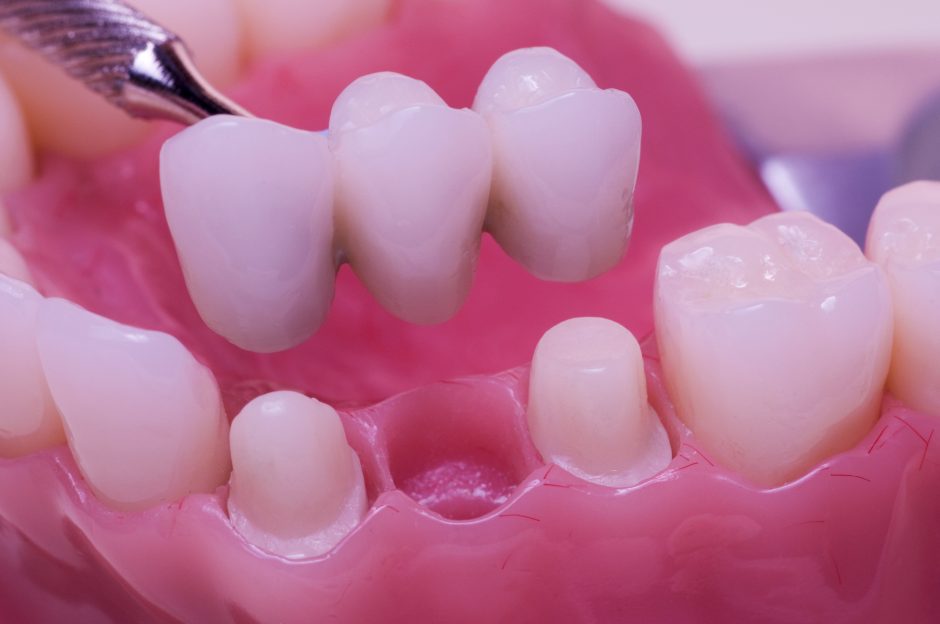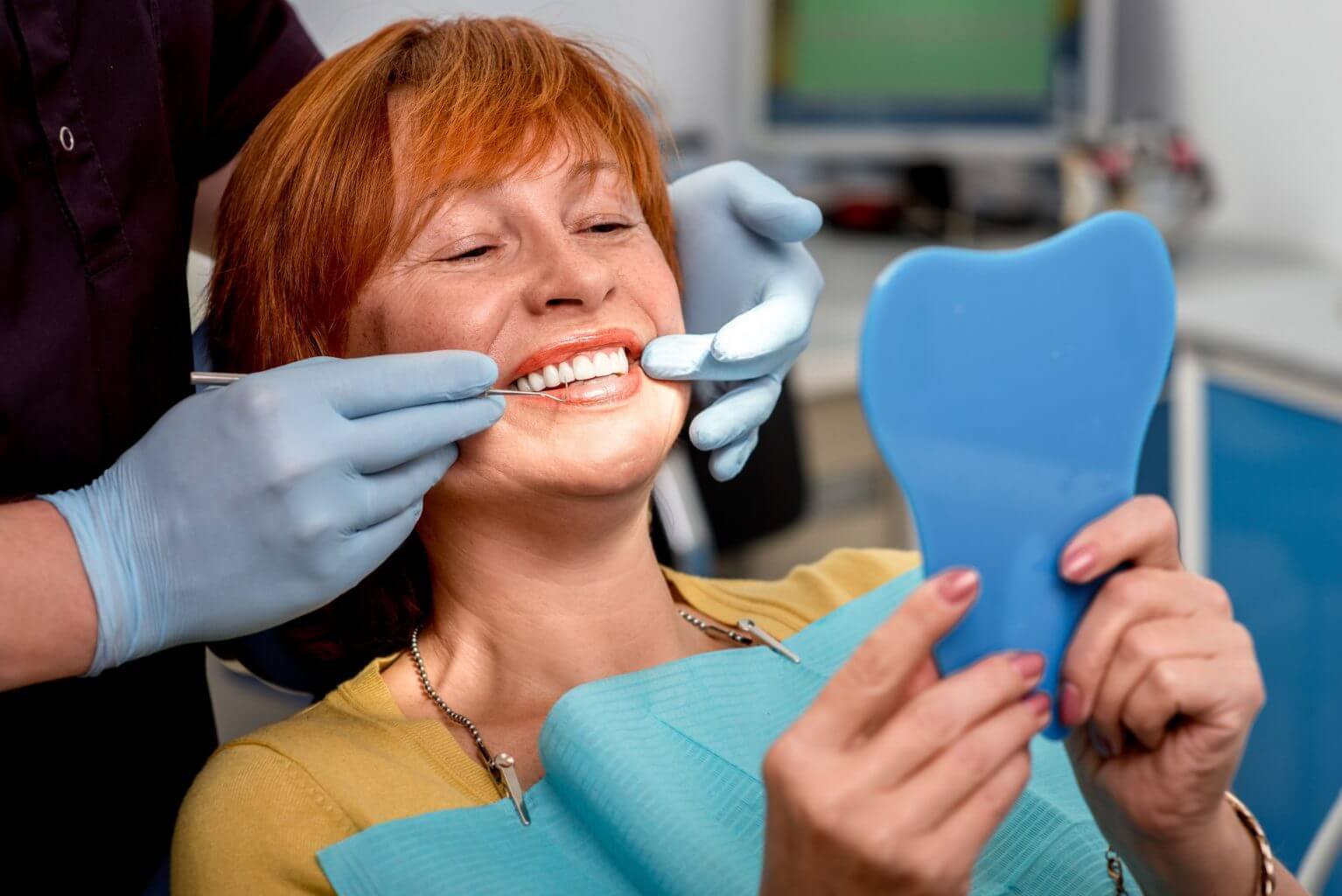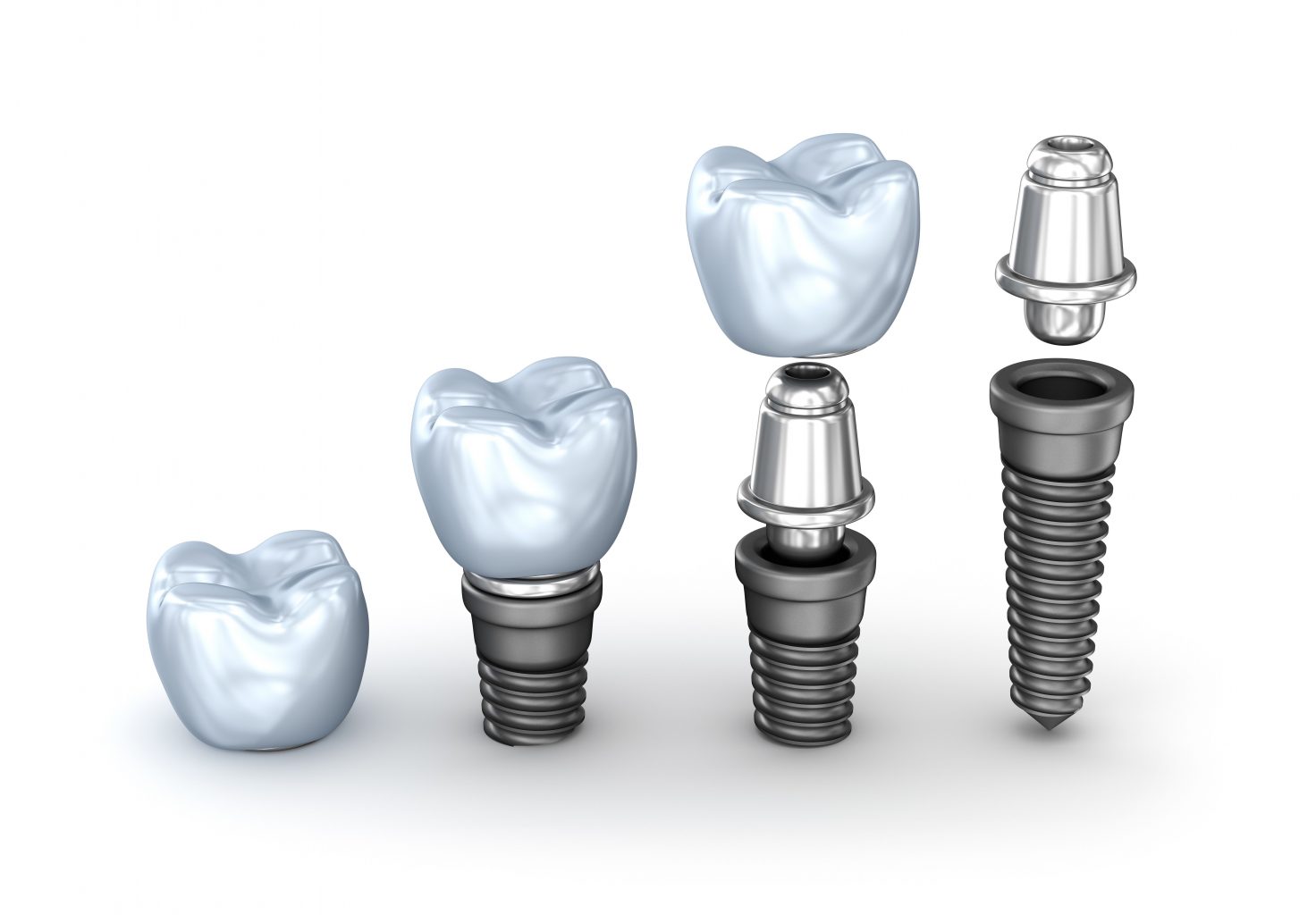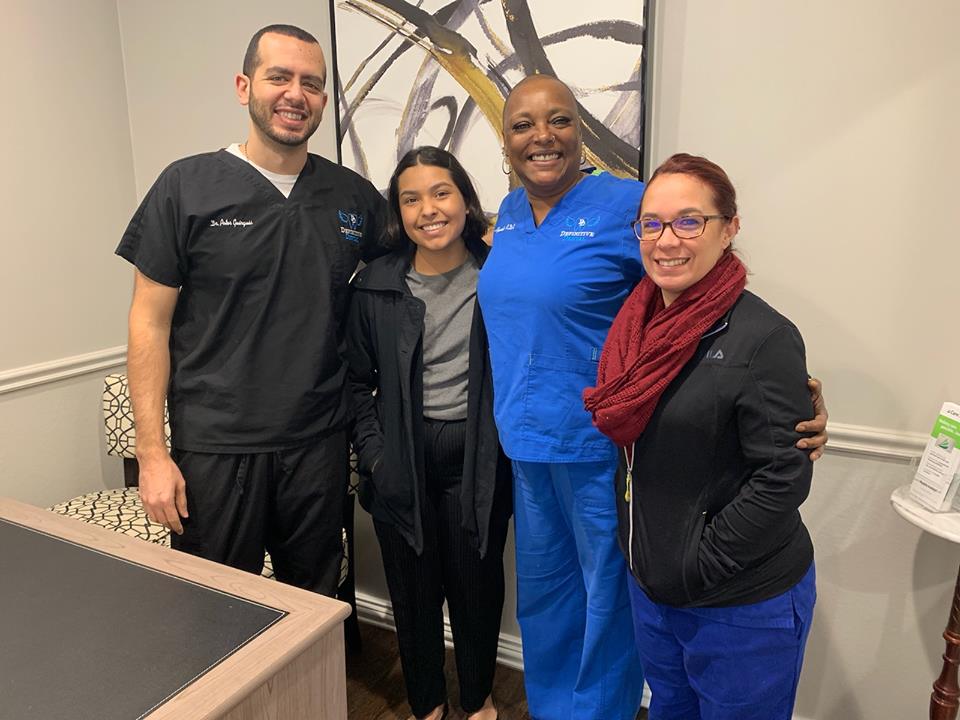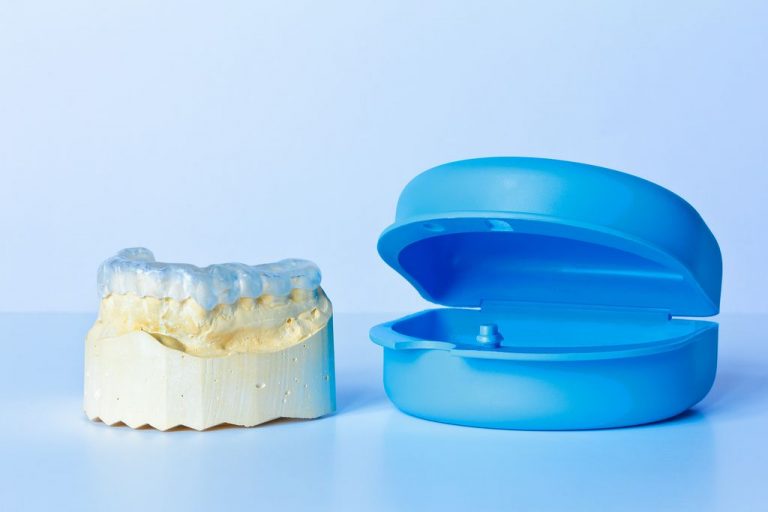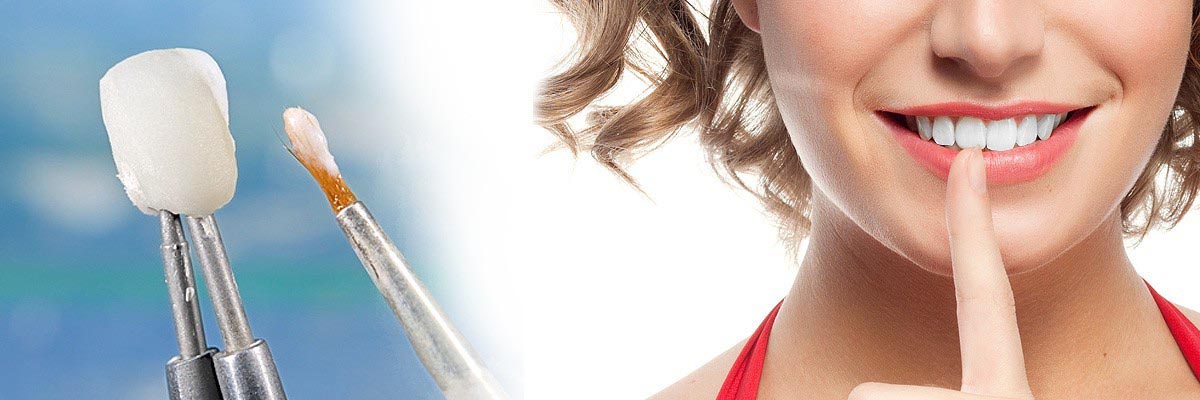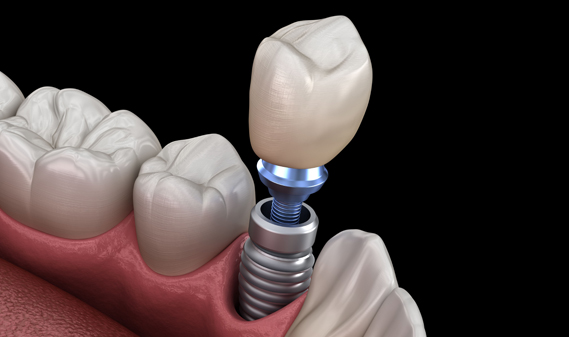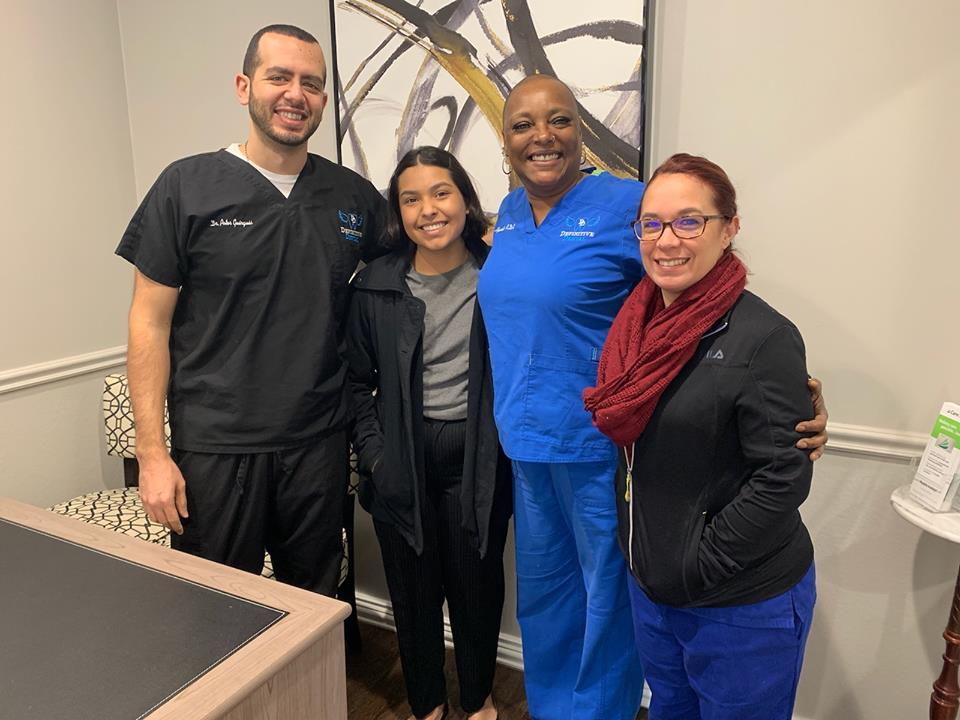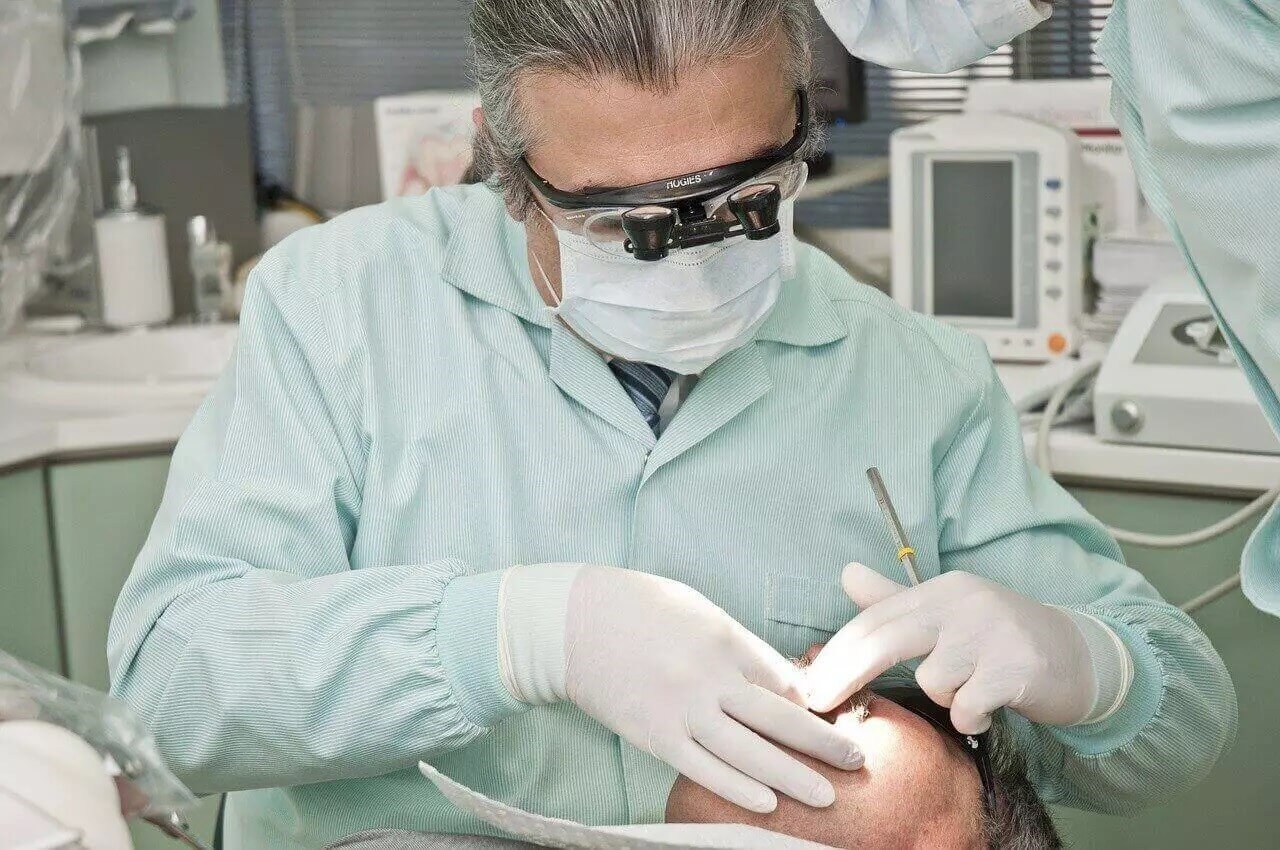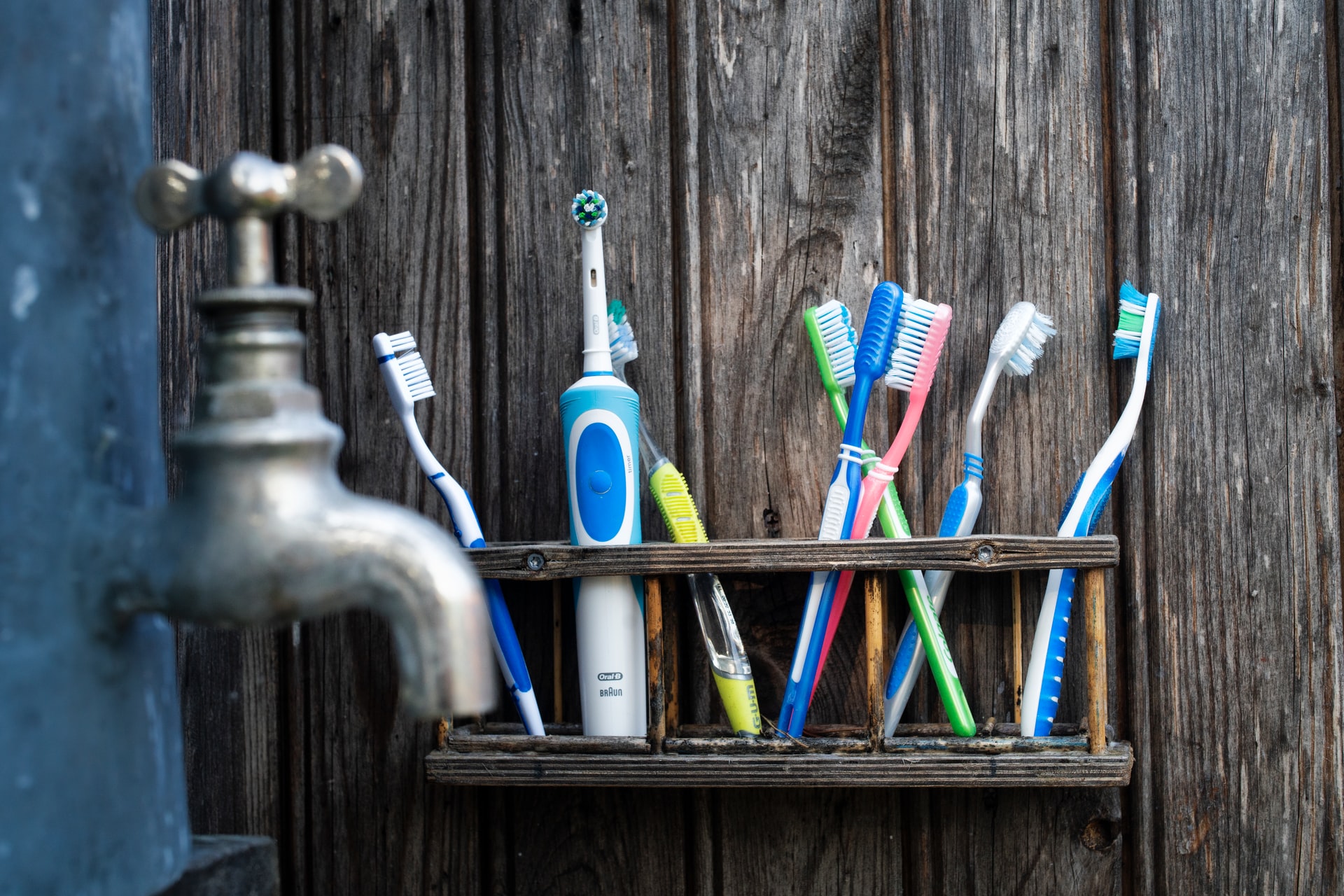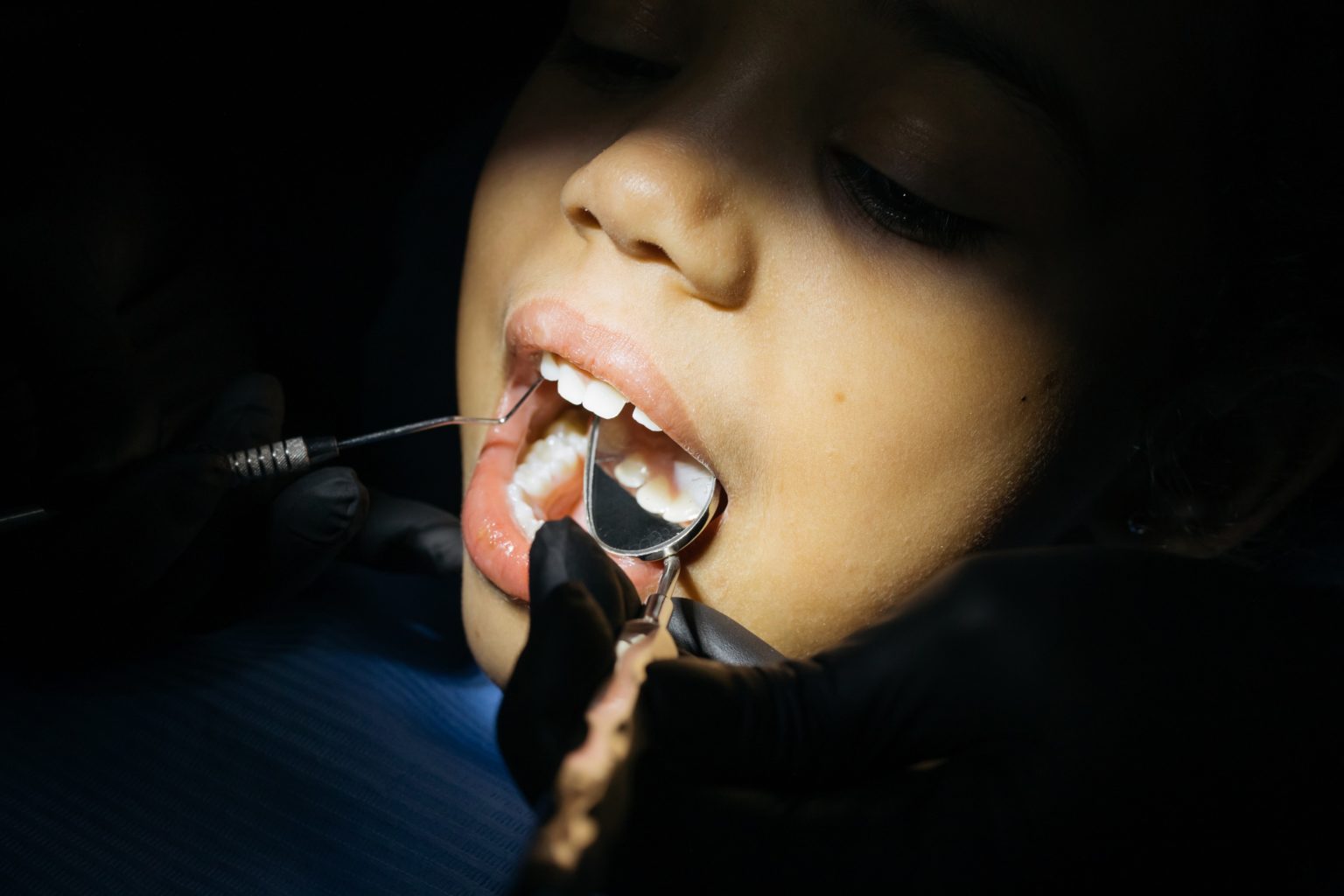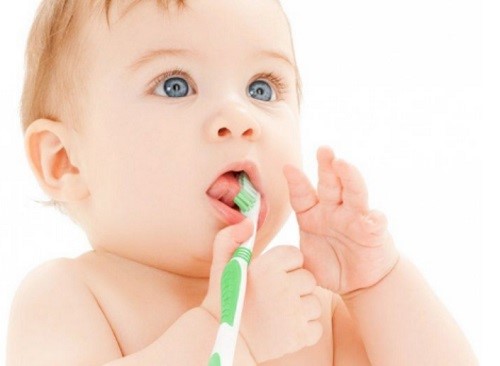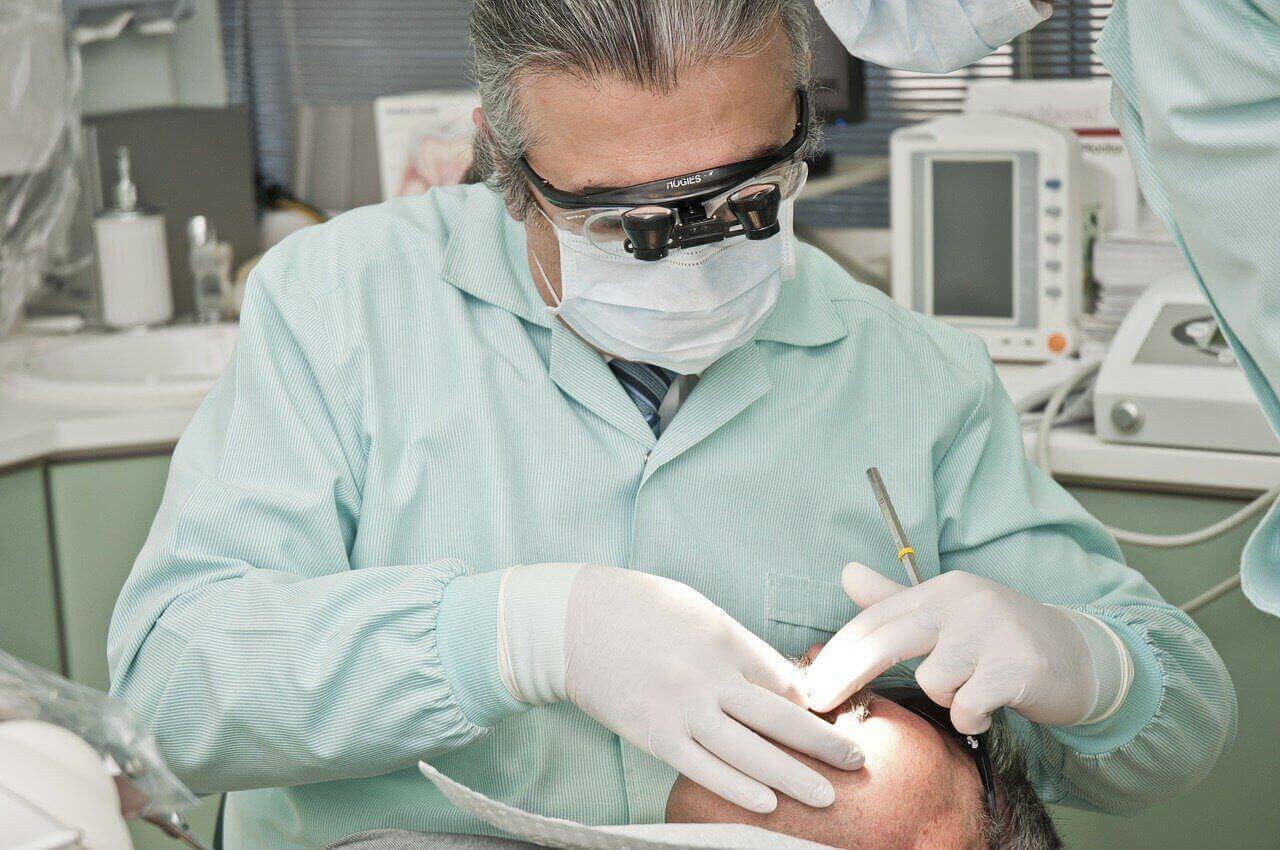When deciding on a restorative dental solution, it is crucial to consider all your options. A common question patients often face when looking for a tooth replacement solution is if they should choose a dental bridge or a dental implant.
Both are restorative solutions for missing teeth, and, although they function similarly, it is helpful to understand their differences. At Definitive Dental in Grand Prairie, TX, we provide all patients with thorough consultations to understand the pros and cons and compare the costs of each treatment option. When it comes to tooth implants vs. bridges, here’s what you need to know.
What Is a Dental Bridge?
A dental bridge is a fixed restoration that fills the gap created by one or more missing teeth. Both dental bridges and implants are anchored inside the mouth, but bridges specifically join to one or more neighboring teeth, also known as abutment teeth. Bridges can be supported by natural teeth or by dental implants. The false teeth covering the gap are called pontics, which comes from the Latin word for bridge.
How Long Will Dental Bridges Last?
Dental bridges last around 5-10 years. Bridges involve using some of your natural teeth, which can cause the bridge to fail over time. This is because the teeth around the bridge are still vulnerable to decay and disease, which can affect the longevity of your bridge.
Patients choosing dental bridges over implants should be especially careful with their dental habits and practice good oral hygiene at home to keep the bridge and surrounding teeth clean and healthy. Dr. Peter Guirguis, our dentist in Grand Prairie, recommends brushing twice a day and flossing to ensure you carefully clean both the false and natural teeth. Visiting our office regularly can help keep your teeth clean and your restoration looking and feeling great.
What Are the Pros and Cons of Dental Bridges?
Comparing the pros and cons of dental bridges vs. tooth implants can be helpful when deciding between the two. Here are some of the pros and cons of dental bridges, especially compared to implants.
Pros of Dental Bridges
- Surgery is not required.
- Jawbone density is not an issue with bridges, and they do not require bone grafting.
- Overall the bridge procedure is less invasive compared to dental implants.
- Dental bridges are a quicker procedure for teeth replacement. The dentist can complete them in two visits over a couple of weeks.
- Dental bridges tend to be less costly compared to implants.
- Insurance companies are more likely to cover dental bridges.
Cons of Dental Bridges
- The average lifetime of dental bridges is only 5-10 years, and patients must have them replaced after this period.
- Dental bridges place more strain on the surrounding teeth they are attached to, and these teeth are prone to more damage than with implants.
- Bridges do not address the underlying structural issues of missing teeth.
- With aging and bone loss, dental bridges will lose their natural-looking appearance.
What Is the Typical Cost of Dental Bridges?
The lower cost of bridges vs. tooth implants is one of the main reasons many patients prefer them. Their price depends on several factors, such as the materials used and the number of teeth or units involved. A traditional three-unit bridge for restoring one missing tooth typically costs about $1,000 per unit. Bonded bridges and the more expensive implant-supported bridges can range from $2,000-$5,000.
Does Insurance Cover the Cost of Dental Bridges?
Dental bridges are more likely to be covered by dental insurance plans than implants. Expect partial coverage. For example, some plans cover up to 50% of the treatment. Call our office at
(972) 646-0660 to see what your insurance plan may cover.
What Are Dental Implants?
Dental implants are a permanent solution for patients that have missing, broken, or damaged teeth. They are durable teeth replacement options, acting like a screw placed into the jawbone. The screw serves as an artificial tooth root and provides a strong base for one or more artificial teeth. Unlike with dental bridges, the procedure for implants requires a healing period to give the implant time to fuse to the jawbone. This process allows the implant to look and function like a natural tooth.
How Do Dental Implants Work?
Dental implants require multiple appointments in our office in Grand Prairie. The procedure for tooth implants takes a few months, unlike bridges. The first step involves placing the implant into the your jawbone. After this step, there is a healing period where we must give the implant time to fuse to the jawbone.
Part of our evaluation process for deciding on dental implants vs. dental bridges is to determine if you have adequate bone density in the jaw to support the implants. If needed, Dr. Guirguis can perform bone grafting to give patients the bone required to provide the necessary support.
Once the healing process is complete, you will return to our office. Dr. Guirguis will place an abutment—or connector—on top of the implants to help secure the crown. We will give you custom crowns that match the size, shape, and color of your natural teeth. You may need temporary crowns while we wait for the permanent ones to arrive from the lab.
What Are the Pros and Cons of Dental Implants?
One thing to know about dental implants is that they offer numerous advantages over bridges, but there are some drawbacks. Here are some pros and cons of dental implants vs. bridges to help you decide.
Pros of Dental Implants
- High-quality tooth implants are among the most durable options for tooth restoration. They can last up to 15 years or more with proper care, longer than bridges.
- Implants place less strain on the surrounding teeth compared to bridges.
- Implants lower the risk of long-term jaw issues and keep the underlying bone structure intact.
- Implants are more natural-looking and functional than bridges.
Cons of Dental Implants
- Sadly, many insurance companies consider implants to be purely cosmetic, meaning they are less likely to cover dental implants than bridges.
- Dental implants are more expensive than bridges, especially if patients wish to restore several teeth.
- Surgery is often necessary with implant procedures, and complications may arise.
- The process of teeth implants can take up to 6 months and requires several visits.
What Is the Typical Cost of Dental Implants?
The cost of dental implants varies based on the type of implants, the material of the prosthetic tooth, and the number of implants placed. The typical price for a single tooth-colored crown is around $5,000. This price includes the implant, the crown, and the surgical placement. The cost of several dental implants vs. a bridge might be considerably higher, but the cost reflects the implants’ durability and the complex procedure for their surgical placement.
Does Insurance Cover the Cost of Dental Implants?
The truth about dental insurance is that most plans consider tooth implants as a purely cosmetic treatment while they list bridges as more medically necessary. Some insurance plans will cover portions of a dental implant procedure as well. It’s best to review your insurance policy before deciding on dental implants vs. bridges. Likewise, consult with our office to learn about financing options and receive a professional recommendation for your best treatment.
Contact Dr. Peter Guirguis in Grand Prairie
Choosing the best option is important, and our team at Definitive Dental can help you decide. We will give you all the information you need and present you with options to help you achieve that bright white smile.
If you’re looking for dentistry done right, contact us to schedule your consultation with Dr. Peter Guirguis. We look forward to taking your smile to new heights.

